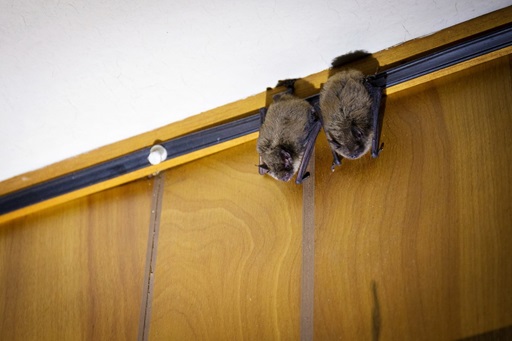Saskatchewan residents looking to evict unwanted winged tenants are being reminded that May is the best time to safely exclude bats from homes and other buildings, according to the Ministry of Environment.
Bats can be difficult to find once they enter buildings, and removal efforts are not always feasible or cost-effective. Instead, officials recommend the installation of one-way exits, also known as exclusion devices or bat cones, which allow bats to leave a structure without being able to return.
While it is possible for bats and humans to co-exist in a building, the ministry advises that exclusion may be the best course of action in certain cases. Those situations include when bat hazards cannot be addressed, living areas cannot be sealed to prevent access, or major repairs, renovations or demolitions are planned.
May is one of the optimal times for exclusion, as it falls between the end of hibernation and the birth of pups, when adult bats are still able to find new roosts. Exclusion is also recommended in September.
Despite their occasional status as unwelcome guests, bats play a critical role in Saskatchewan’s ecosystems. The animals feed on insects, including agricultural and forest pests, providing natural pest control that is valued at more than $3 billion annually across North America.
Many bat species are facing population declines due to habitat loss and threats such as white-nose syndrome, a fungal disease that has killed more than 12 million bats across the continent. The disease particularly affects the little brown bat, one of the species known to roost in Saskatchewan buildings. There is currently no known cure for white-nose syndrome.
Under Saskatchewan’s Wildlife Act, bats are considered protected wildlife. A licence is required to kill bats or disturb their roosts. Two of the province’s eight bat species are listed as endangered under the federal Species at Risk Act.
More information on exclusion practices, permitting requirements and bat-proofing tips is available on the Ministry of Environment’s Bats in Saskatchewan webpage.
